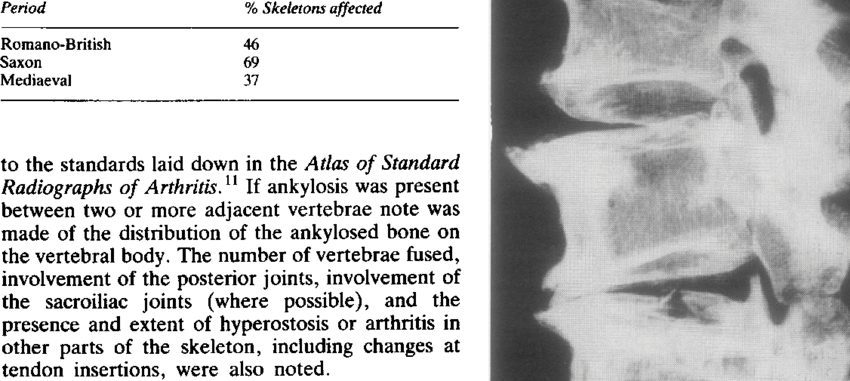Contents
Osteophytosis
Osteoarthritis is the most common cause of osteophytosis, the formation of abnormal bone growths. Osteoarthritis treatments relieve joint pain. Surgery may be considered in some cases.
Osteophytosis, what is it?
Definition
Osteophytosis refers to a set of abnormal bone growths that develop in the joints (usually on the edges of the joints): osteophytes, also called parrot beaks. These bone growths are very often linked to osteoarthritis. Osteoarthritis is caused by the destruction of the cartilage located at the bone ends of the joints. Osteophytes can affect all joints but some are more affected: fingers, knees, hips, lumbar and cervical vertebrae. Osteophytes can also form after a small, undiagnosed, untreated or poorly reduced fracture.
Causes
Osteophytosis is caused by osteoarthritis. The mechanism of the development of these bone growths is not yet fully understood. Osteophytes are the result of a defensive reaction of the bone to abnormal pressure exerted by the joint pinching.
Diagnostic
An x-ray of the joint (s) allows the diagnosis of osteophytosis. An MRI, a scanner, a scintigraphy can be carried out in addition.
The people concerned
Osteophytes are common in osteoarthritis. The latter is the most common joint disease. It affects 10 million French people. 8 out of 10 people have osteoarthritis after 70 years.
Risk factors
There are several risk factors for osteoarthritis and therefore osteophytosis: genetic factors, trauma and joint overwork, especially sports, and overweight.
Symptoms of osteophytosis
It is difficult to separate the symptoms of osteoarthritis from those of osteophyrosis.
Osteophytes can cause pain, stiffness in the joints, difficulty performing certain movements, weakness and numbness in the limbs.
At an advanced stage, osteophytes are responsible for deformities in the joints, especially in the hands and knees.
Treatments for osteophytosis
The treatment of osteophytes is the treatment of osteoarthritis. This consists of relieving pain with analgesics and anti-inflammatory drugs, corticosteroid infiltrations.
When osteophytes interfere with mobility or cause nerve compressions, they can be removed surgically.
Natural treatments for osteophytosis
Natural treatments have proven effectiveness in relieving the pain of osteoarthritis and slowing its progression. Thus, glucosamine sulfate has a positive influence on the course of osteoarthritis and is effective in reducing pain. Omega-3 fatty acids also help reduce inflammation and pain.
Prevention of osteophytosis
Osteophytosis can be prevented by preventing osteoarthritis. To prevent osteoarthritis, it is advisable to fight against the weight load, to practice a physical activity on a regular basis in order to strengthen the stabilizing muscles of the joint, to avoid excessive tensions of the joints, to treat joint trauma (a sprain for example).










